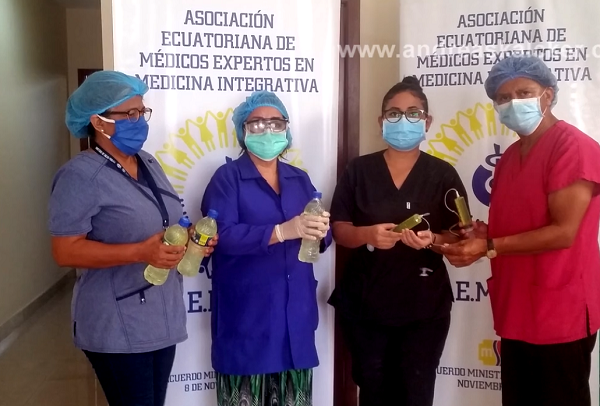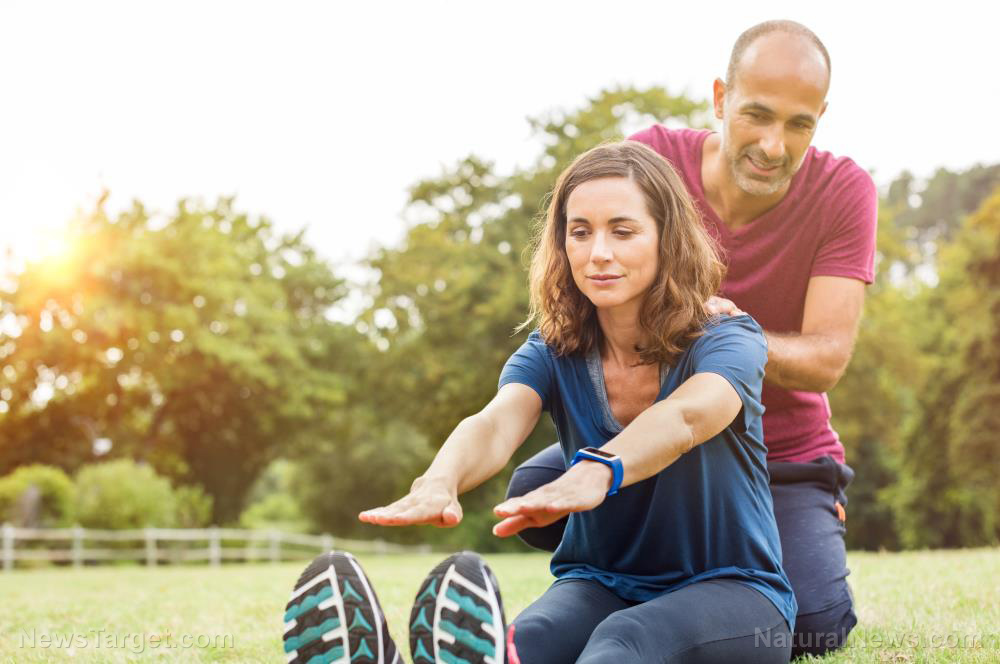
Researchers from Boston Medical Center (BMC) conducted the study in order to compare the effects of physical therapy and yoga in treating chronic lower back pain. Earlier studies have shown that yoga is effective in treating the condition, but it was not yet known how it would compare to other practices that are covered by health insurance.
For the study, the researchers recruited 320 participants with chronic lower back pain from an academic safety-net hospital and its affiliated community. They were randomly divided into three groups: yoga, physical therapy, and educational groups. Participants in the yoga group took a yoga class every week for three months. Those in the physical therapy group visited a physical therapist for 15 times within three months, and those in the educational group received a back pain self-help book and educational newsletters.
After the three-month study period, the participants underwent the maintenance period of nine months. During these nine months, the yoga group went to drop-in sessions or practiced at home, while the physical therapy group engaged in booster sessions with a physical therapist or practiced physical therapy exercises at home.
Moreover, the participants accomplished a survey at the beginning, the third month, and the first year of the study that asked about their level of back pain, activity limits, and pain medication usage. Their satisfaction with the treatment and quality of life were also monitored.
Based on the results, yoga was as effective as physical therapy in treating chronic lower back pain. Both treatments reduced pain, improved function, and lessened the need for pain medications of the participants at almost similar levels. In addition, the treatment satisfaction was the same among the physical therapy and yoga groups. Both yoga and physical therapy were also deemed safe. Furthermore, the researchers said that higher attendance to the yoga classes and physical therapy classes was linked to greater improvements for their chronic lower back pain and less pain medication usage.
The findings of the study suggested that yoga should be considered as a treatment option for people with chronic lower back pain.
“As a health care community, we should collaborate with patients with chronic low back pain to determine their best options given their individual condition and preferences, and both physical therapy and yoga should be part of the discussion,” said Rober Saper, the first author of the study.
Yoga poses for back pain relief
Not all yoga poses are appropriate for pain relief. Some poses could do more harm than good, depending on your condition. Here are several yoga poses that are beneficial for back pain:
Extended child's pose with blocks: This pose is grounding and lengthens the sides of the body, providing gentle traction on the spine and bringing awareness to the midline of the body.
- Come onto your hands and knees, then place two flat blocks shoulder-distance apart at the front of your mat.
- Put your palms onto the blocks, and press your hips back and down toward your hells.
- Finally, press your palms into the blocks, straighten your arms, and lengthen through the sides of your torso.
Cobra: This pose can help stretch out and strengthen the spine.
- Lie face-down with your forehead resting on the floor.
- Place hand on each side, at the middle of the ribcage.
- Put your legs together with the tops of feet pressing into the floor.
- Reach back through toes, lengthening legs, and press evenly through hands as your elbows draw near to your ribcage.
- Use your back strength, life your head and chest, then slide your shoulder blade down back.
- Take five to 10 deep breaths before gently releasing to the floor, turning your head to one side.
Read more news stories and studies on alternative treatments for lower back pain by going to AlternativeMedicine.news.
Sources include:
Please contact us for more information.























